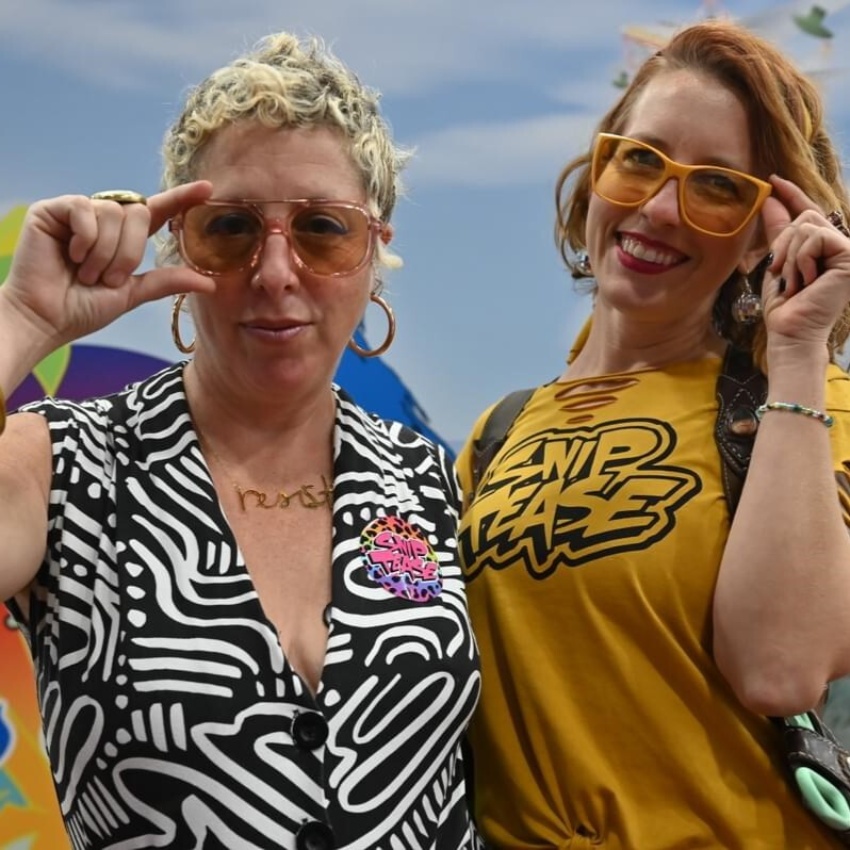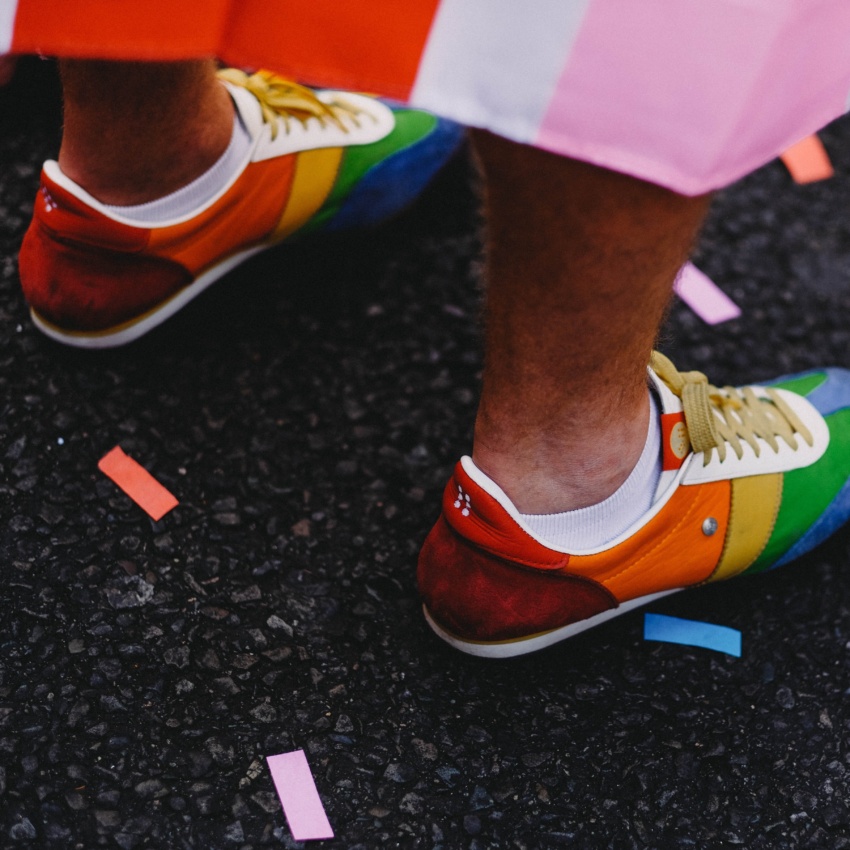How to plan inclusive events: tips for success
At IMEX, our sole aim is to unite and advance the meetings industry. And that mission isn’t limited to just business.
We want to share some learnings on addressing racism, year-round, to help create a more inclusive, equitable and compassionate business events community.
In 2021, the IMEX team were joined by the team from Tourism Diversity Matters for a training session on diversity, equity and inclusion - with a focus on combatting racism. We’re sharing five starting points for tackling racism.
1. Identify your privilege and how it benefits you
Privilege refers to certain social advantages, benefits, or degrees of prestige and respect that an individual has by virtue of belonging to certain social identity groups.
The problem with privilege is that it’s very easy to go through life without noticing how it benefits you. Learning about the different privileges you benefit from–whether they’re based on your ethnicity, gender, sexual orientation or even your name – can help you recognize when others aren’t afforded the same.
Not recognizing privilege can lead to the belief that your success is all earned, and therefore others must earn theirs too. By understanding your own privilege, you can find ways to use it to benefit others.

2. Understand your biases and where they come from
Unconscious biases are ‘shortcuts’ created by our brains to reduce cognitive load, allowing us to make quick decisions without a whole thought process behind them. The downside is that we can often make judgements not grounded in fact, but based on our background, personal experiences, societal stereotypes and cultural context.
Greg explained that if a non-black parent held their child closer when a black person walked past, that child might grow up to have an unconscious bias against black people.
But if our biases are unconscious, how can we understand what they are? Greg shared a range of tests that can bring your unconscious biases to the fore, such as the Harvard Implicit Association Test. Once you are aware of your own biases, you can start challenging those thinking patterns.
3. Recognize and empathize with the experiences of people of color
Many people of color have reasons, based on their experiences, for why they feel they're disproportionately affected by systemic or institutional racism.
While you may not have had the same experiences, it doesn’t mean someone else is being oversensitive or exaggerating. This is an opportunity to practice empathy. Try to truly understand what they’ve been through and validate their feelings.

4. Challenge the belief that people are ‘colorblind’
“I don’t see color” is a refrain that’s often heard in discussions around race. Yet, people do have different skin colors, each with different levels of privilege and different experiences of the world (some more positive than others).
No matter how good the intention is, being ‘colorblind’ can inadvertently erase the experiences of people of color and fails to recognize systemic racism in action.
5. Understand intersectionality

People’s identities are made up of lots of aspects of their lives – not just race – and these identities interact and intersect with each other. For instance, a white woman and a black woman may both experience misogyny, but the black woman’s experience of that misogyny may also be tied up with racism.
Becoming more aware of intersectionality will help in your efforts to address racism.




